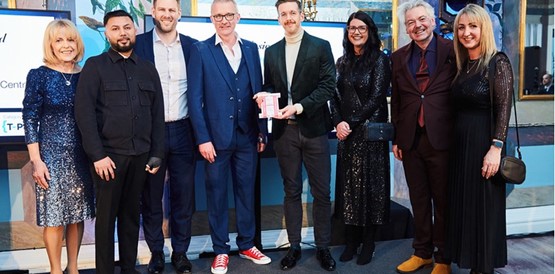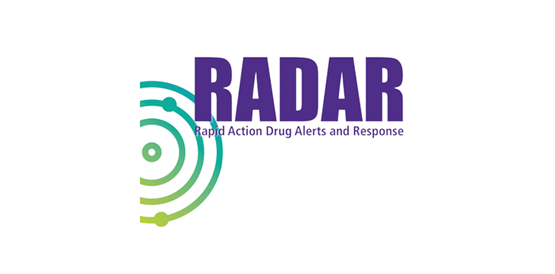Evidence based, gendered harm reduction resources created by SCS and WHRIN
Since 2021, Simon Community Scotland (SCS) have been delivering a pioneering project working alongside women who use substances and experiencing homelessness through their ‘A Digital Approach to Harm Reduction’ project. The award winning project has worked alongside women to become digitally included through access to a digital device, connectivity and support and through this connection, has offered paid co-production opportunities to create and design harm reduction resources that are relevant and meaningful to their experiences of using substances and experiencing homelessness in Scotland today.
Many of the resources that currently exist are not designed through a gendered lens or speak to some of the unique challenges, barriers and stigma women who use substances face throughout their lives. Additionally, they tend to be designed and written for professionals working in the field as opposed to speaking directly to women’s experiences. Due to this evidence, SCS decided to create evidence based, gendered harm reduction resources in collaboration with Women and Harm Reduction International Network (WHRIN).
Below are two animations – one around self injecting and the other around femoral (groin) injecting. SCS + WHRIN landed on animations as a medium because short video content was what women felt was most accessible to all learning styles – including people who struggled with literacy. Women shared how their experiences were often of male partners being involved in their injecting practices, thus creating a power imbalance and lack of control over their use. It is also known that femoral injecting is highly prevalent amongst people experiencing homelessness and can cause significant harm to the person, particularly if they miss their femoral vein. Data from the WAND (Wound Care, Assessment of Injecting Risk, Naloxone and Dry Blood Spot Testing) initiative highlights that 32% of people using substances in Glasgow use their femoral site to inject their substance (2024).
Other stories

UK invests over £10 million to boost careers in addiction sciences
UK invests over £10 million to boost careers in addiction sciences
Digital Lifelines Scotland Wins Digital Inclusion Award 2025 – Bridging the Digital Divide
Digital Lifelines Scotland Wins Digital Inclusion Award 2025 – Bridging the Digital Divide
